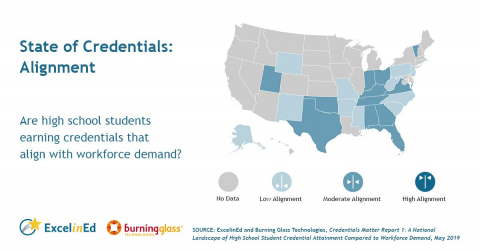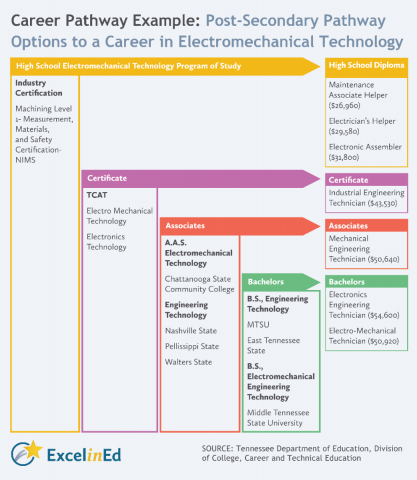



USDA Radio Newsline
Tuesday, June 11th Stories:
================
Press Release
USDA Proposes Bold Moves to Improve Forests Management, Grasslands
Contact:
USDA Forest Service Press Office
(202) 205-1134
(Washington, D.C., June 12, 2019) – The U.S. Department of Agriculture’s (USDA) Forest Service (USFS) released proposed changes to modernize how the agency complies with the National Environmental Policy Act (NEPA). The proposed updates would not only give the Forest Service the tools and flexibility to manage the land and tackle critical challenges like wildfire, insects, and disease but also improve service to the American people. Revising the rules will improve forest conditions and make it simpler for people to use and enjoy their national forests and grasslands at lower cost to the taxpayer. The revised rules will also make it easier to maintain and repair the infrastructure people need to use and enjoy their public lands—the roads, trails, campgrounds, and other facilities.
While these proposed changes will save time and resources, they are ultimately intended to better protect people, communities and forests from catastrophic wildfire and ensure a high level of engagement with people and communities when doing related work and associated environmental analyses.
“We are committed to doing the work to protect people and infrastructure from catastrophic wildfire. With millions of acres in need of treatment, years of costly analysis and delays are not an acceptable solution – especially when data and experience show us we can get this work done with strong environmental protection standards as well as protect communities, livelihoods and resources,” said Secretary Perdue.
In 2008, the Forest Service codified its procedures for complying with NEPA in the Code of Federal Regulations (CFR) at 36 CFR 220. However, these regulations, in large part, still reflect the policies and practices established by the agency’s 1992 NEPA Manual and Handbook. When these regulations were adopted in 2008, they were intended to modernize and improve management processes. The proposed rule would further modernize the agency’s NEPA policy by incorporating experience from past 10 years. This experience includes input from comments on the Advance Notice of Proposed Rulemaking from January of 2018, as well as feedback from roundtables, workshops, and input from agency experts.
“We have pored over 10 years of environmental data and have found that in many cases, we do redundant analyses, slowing down important work to protect communities, livelihoods and resources,” said Forest Service Chief Vicki Christiansen. “We now have an opportunity to use that information to our advantage, and we want to hear from the people we serve to improve these proposed updates.”
The updates would create a new suite of “categorical exclusions,” a classification under the NEPA excluding certain routine activities from more extensive, time-consuming analysis under an environmental assessment or environmental impact statement. The proposed categorical exclusions would be for restoration projects, roads and trails management, recreation and facility management, as well as special use authorizations that issue permits for outfitters and guides, community organizations, civic groups and others who seek to recreate on our national forests and grasslands. The new categorical exclusions are based on intensive analysis of hundreds of environmental assessments and related data and when fully implemented will reduce process delays for routine activities by months or years.
The proposed update is open for public comment for 60 days after publication in the Federal Register. Public comments are reviewed and considered when developing the final rule. Instructions on how to provide comments are included in the online notice.
More information on the proposed rule change and how to comment is available on the Forest Service website.
The new Credentials Matter research verifies what we had long suspected: states need to more effectively align the credentials high school students earn with local labor markets.
Credentials Matter shows that many of the hundreds of thousands of credentials U.S. high school students earn each year as part of state career and technical education (CTE) programs carry little to no weight in the labor market. In fact, only 19% of credentials earned by high school students in this analysis are demanded by employers in the U.S.
However, the news isn’t all bad. Some state and local education leaders are taking steps to build better classroom-to-career educational paths for America’s students, and there’s now have a new tool available to inform their work.
As the Credentials Matter research shows, not all credentials are created equally. In fact, many of the top license credentials earned in CTE programs do not lead to occupations that pay a living wage. Of the nine licenses being earned by high school students only four have any demand in occupations that command a living wage.
View this table as a full-size image.
Meanwhile, there are undersupplied certification credentials that command good starting salaries. Automotive Service Excellence, CompTIA A+ and AWS Certified Welder certifications, for example, are in high demand. These credentials can open doors to entry-level careers that pay well ($43,000-$44,000) and, in general, allow for career mobility.
So, how can educators ensure CTE programs offer students the chance to earn valuable industry credentials instead of credentials that lead to dead-end or low-wage jobs?
View this as a full-size image.
All stakeholders—state agencies, policymakers, employers, educators, credentialing entities and families—must play a part in developing CTE programs that align to post-secondary and in-demand career opportunities. But educators play an especially vital role. Districts, schools and postsecondary institutions can collaborate with other stakeholders to significantly improve the chances of job market success for many students through the following actions:
Through aligned CTE programs, schools and educators can empower all students to identify their long-term career goals and complete coursework that prepares them to attain the postsecondary and industry credentials required for success in their chosen fields.
These programs can present students with career pathways that begin in high school and go through postsecondary. Consider the example below of a CTE program of study in Electromechanical Technology taken from the Tennessee Department of Education, Division of College, Career and Technical Education.
View this as a full-size image.
Truly aligned CTE programs offer pathways toward middle- and higher-wage careers, and that’s exactly what Tennessee is working toward. But right now, too many young people across the nation are missing the chance to graduate from high school ready to succeed in college and in careers that can support a family.
We hope Credentials Matter will inform and inspire efforts to build a better classroom-to-career educational path for America’s students.